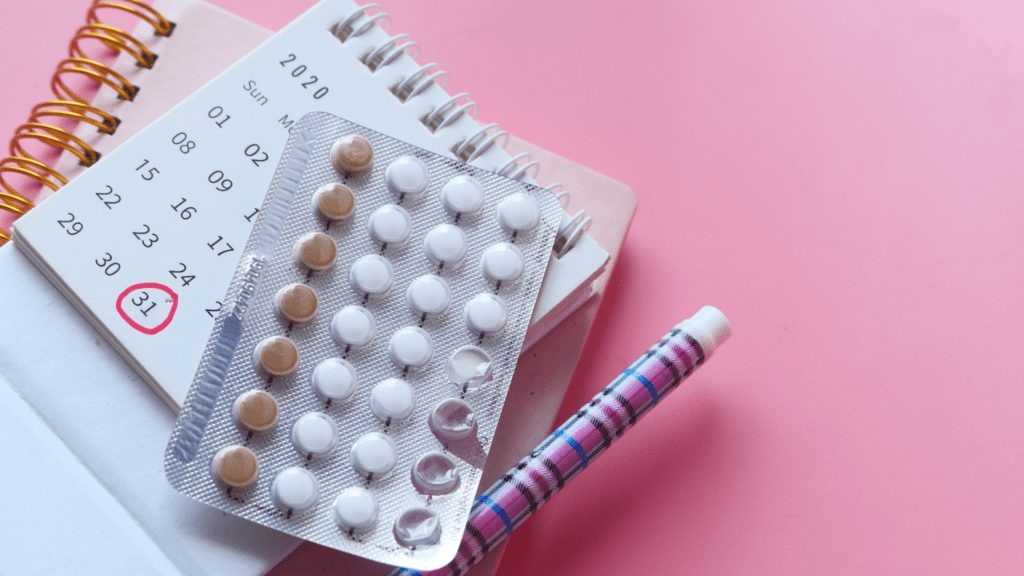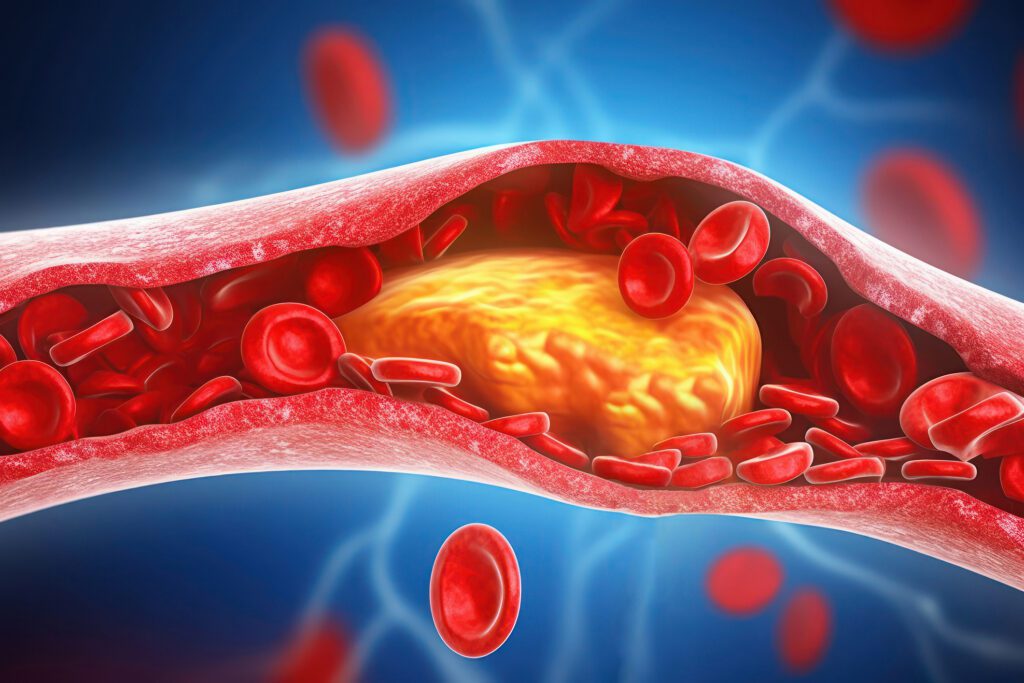 With autumn well underway, people are closing their windows and turning up the heat. The downside is this: the air inside your home is actually three times (in some cases – ten times) more toxic than the air we breathe outside. The US Environmental Protection Agency (EPA) currently ranks indoor air pollution as one of the top five threats to public health. The good news is that you can do something about it!
With autumn well underway, people are closing their windows and turning up the heat. The downside is this: the air inside your home is actually three times (in some cases – ten times) more toxic than the air we breathe outside. The US Environmental Protection Agency (EPA) currently ranks indoor air pollution as one of the top five threats to public health. The good news is that you can do something about it!
Sometimes science needs to catch up with Mother Nature just to prove a point that gardeners have known for decades – plants not only relieve stress and look pretty, but they clean the environment. Bring plants inside for the cold season and they will clean the air in your home too.
Interesting research from New Delhi, India (published September 2008) found 3 basic common green plants that effectively clean the indoor air and increase oxygen in a person’s bloodstream. The results show a 42% probability of one’s blood oxygen levels going up 1% if the individual stays in the building for 10 hours. One percent may not seem significant – but the results demonstrate a reduced incidence of:
- Eye irritation by 52%
- Respiratory symptoms by 34%
- Lung impairment by 12%
- Headaches by 24%
- Asthma by 9%
If you suffer from any of the listed symptoms, you would benefit from growing a green thumb. Bringing plants into your home will consume carbon dioxide and other volatile chemicals and convert it into oxygen, thus improving your overall health.
Most common symptoms resulting from indoor air pollution:
- Allergies – food & environmental
- Asthma
- Chemical sensitivities
- Dizziness
- Disorientation
- Difficulty concentrating
- Eye, nose and throat irritation
- Fatigue
- Headache
- Increased rates of respiratory infections
It’s as simple as adding one plant to each room per person living in your home. The following plants were the subjects of the New Delhi Study.
The Living Room Plant, known as “Areca Palm,” (Chrysalidocarpus lutescens), will consume CO2 and convert it into O2.
The Bedroom Plant, known as “Mother-In-Law’s Tongue,” (Sansevieria trifasciata), will consume CO2 and convert it into O2 at night.
The Specialist Plant, known as “Money Plant” (Epipremnum aureuim), removes formaldehydes and other volatile chemicals from the air.
More Information on Indoor Air Pollution – The Most Common Indoor Air Pollutants in an average home:
- Tobacco Smoke – high in cancer-causing chemicals and heavy metals
- Carpet Chemicals found in “dust bunnies” consist of *39 toxic chemicals
- Dry Cleaning – Tetrachloroethylene in high concentrations persist for 48 hours.
Other Sources:
- Thymol: Fabric softeners
- Para(1,4)dichlorobenzene: Mothballs, deodorants
- Styrene: Plastic, foam rubber, insulation, ETS
- Tetrachlorethylene: Dry cleaning
- Vinylidene chloride: Paint
- Xylene: Paint, ETS, tobacco smoke
- Benzene: ETS, dry cleaning, tobacco smoke
- Isopropylbenzene, Styrene, Trimethylbenzenes, Phenol: Soaps, fragrance, perfumes
- There are 39 (and probably more) Chemicals found in Carpet dust alone:
(Formaldehyde, Azulene, Phthalic acid esters, TCE, Benzene, Xylene, Toluene, Methyl methacrylate, Methacrylic acid, Acetonitrile, Styrene, 1-Chloronaphthalene,1-Ethyl-3-methylbenzene, Ethylzylene, Trimethylbenzene, 1,2,4-Trimethylbenzene, Biphenyl, Propylbenzene,4- Phenylcyclohexane,Isocyanates, Cyclopentadiene, Butyloctanol-1, Diphenyl ether, 2,6-Dimethyl, 1,3,5-Cycloheptatriene, Butadiene,Dihydroxyacenophthene, Dodecane, Hexadecanol, Hexamethylene Triamine, 1-Methylnaphthalene, 1-H-indene,2-Methylnaphthalene, 1-Methyl-4-Tridecene, Polyacrylates, 5- Methyltridecane, Octadecenyl Amine, Oxarium, Tetradecene.)
Another study investigated symptoms of mice exposed to air fresheners for 1 hour. The results showed:
- Increased sensory irritation
- Increased pulmonary irritation
- Decreased airflow velocity
- Increased behavioral abnormalities
Note on the Warning Label for Glade Air Fresheners: “WARNING: USE ONLY AS DIRECTED. INTENTIONAL MISUSE BY DELIBERATELY CONCENTRATING AND INHALING THE CONTENTS CAN BE HARMFUL OR FATAL. HELP STOP INHALATION ABUSE.” FOR INFORMATION VISIT www.inhalant.org.
7 Simple Steps to Reduce Air Pollution in Your Home:
- Reduce or eliminate carpeting in the home
- Do not wear shoes indoors
- No smoking indoors
- No air fresheners, scented bounce or strong cleaning supplies
- Air out any dry cleaning in your garage for at least 48 hours before bringing these items into your home
- Change furnace filters every 1-3 months with high quality pleated filters – MERV rating (7+)
- Add air-purifying plants to every room in your home. Any tropical plant will do!
A fantastic book by Dr. B.C. Wolverton called “How to grow fresh air: 50 Household plants that purify your home or office,” provides colorful pictures and a rating scale on each plants capacity to remove chemical vapors from the air. In addition, Electronic Air Purifiers can be introduced into the home from reputable companies such as IQAir.com, BlueAir.com and AustinAir.com (To which I have receive NO endorsements or commission from). The National Aeronautics and Space Administration (NASA) began research over 20 years ago to investigate the capacity of plants for indoor air purification. Today, there are over 300 published scientific studies to support this finding.
Remember – You are what you breathe, drink, eat and think!






